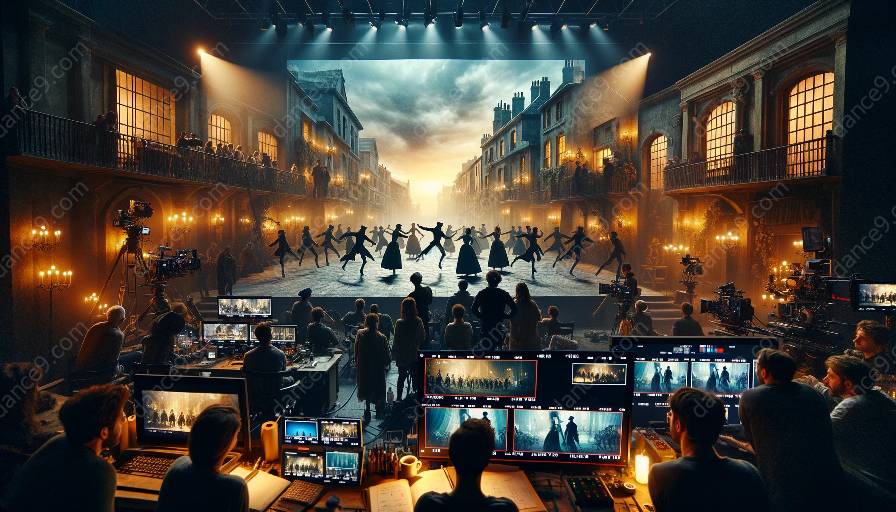Choreography for film and television plays a crucial role in telling stories through movement and dance. This art form has the power to reflect diverse experiences and contribute to inclusive representation on screen. In this comprehensive guide, we will delve into the significance of diversity and inclusion in film and television choreography, exploring its impact on storytelling and the role of choreographers in embracing and promoting diversity.
The Role of Diversity in Film & Television Choreography
Diversity in choreography refers to the inclusion of individuals from various backgrounds, including race, ethnicity, gender, sexual orientation, age, and physical abilities. Embracing diversity in choreography allows for a more authentic portrayal of the human experience, reflecting the richness of different cultures and identities. When choreographers incorporate diverse movements and styles, they contribute to a more representative and inclusive on-screen narrative.
The Impact of Inclusive Representation
Inclusive representation in film and television choreography has the power to empower underrepresented communities and challenge stereotypes. When diverse stories are authentically portrayed through choreographed movements, audiences are provided with opportunities for empathy and understanding. Inclusive representation in choreography can also inspire future generations of dancers and choreographers from diverse backgrounds, validating their experiences and talents.
Choreographers as Advocates for Inclusion
Choreographers play a pivotal role in advocating for diversity and inclusion in the entertainment industry. They have the creative responsibility to ensure that the movements, gestures, and dance styles they choreograph accurately reflect the diversity of the human experience. By actively seeking out and collaborating with dancers from diverse backgrounds, choreographers can amplify the voices of underrepresented communities and contribute to a more inclusive entertainment landscape.
Embracing Intersectionality in Choreography
Intersectionality acknowledges that individuals possess multiple intersecting identities, and choreographers can embrace this concept by creating choreography that reflects the complexity of human experiences. By considering the intersection of race, gender, sexuality, and other identities, choreographers can craft movements that authentically represent diverse lived experiences, avoiding the pitfalls of stereotyping or tokenism.
The Future of Inclusive Choreography
The future of choreography for film and television lies in the continued celebration of diversity and inclusion. As the entertainment industry progresses, choreographers will play an essential role in shaping narratives that authentically represent the multifaceted nature of humanity. By prioritizing diverse storytelling and inclusive choreography, the industry can move towards a more equitable and representative future.
Conclusion
In conclusion, diversity and inclusion are integral components of choreography for film and television. By embracing diverse movements, styles, and narratives, choreographers can contribute to a more inclusive entertainment landscape, empowering underrepresented communities and amplifying their voices. The role of choreographers as advocates for diversity is paramount in fostering authentic and empathetic storytelling. As the industry continues to evolve, the commitment to diversity and inclusion in film and television choreography will serve as a catalyst for positive change.






































